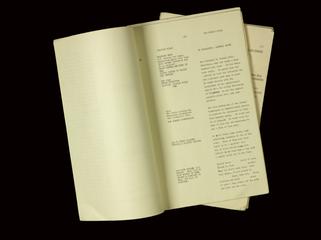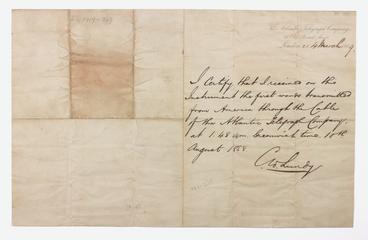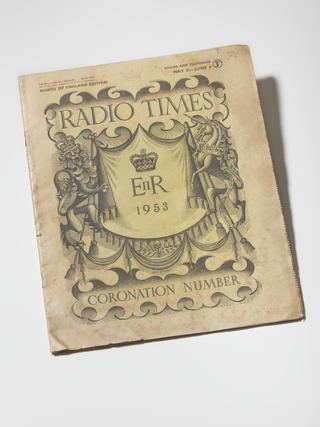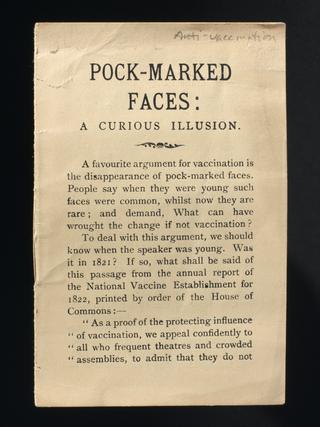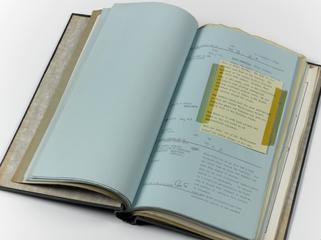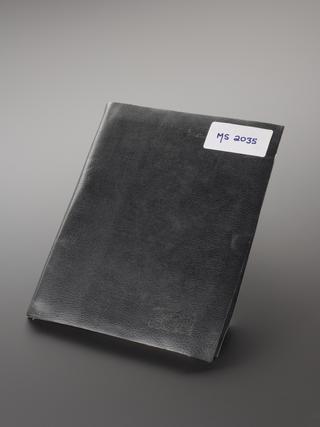
Information about the Automatic Timing Routine (ATR) for the Elliott Brothers 405 computer
Folder of information about the Automatic Timing Routine (ATR) for the Elliott Brothers 405 computer, created by David Pentecost in 1961. Contents include:
a) Elliott Brothers standard documentation for the Automatic Timing Routine for customers, consisting of 5 pages of programme specification
b) Two pages of copies of hand-written programme coding sheets for the Automatic Timing Routine (by David Pentecost) (original master copy of the sheetswould have been filed elsewhere).
c) A draft Elliott typed specification for the Automatic Timing Routine
d) A blank programme sheet for the 405
e) Three draft versions of the Automatic Timing Routine
f) life-size copy of the Elliot 405 flowcharting template
g) Sheets relating to testing and timing
h) Miscellaneous working papers, handwritten (20 sheets)
These documents relate to the writing and testing of the Automatic Timing Routine programme developed by David Pentecost in 1961 while working at Elliott Brother on the 405 computer. This software was designed to measure the precise execution time taken by another computer programme running simultaneously on the same computer. This software was used to demonstrate that Eliiott’s employee Tony Hoare’s new sorting techniques method Quicksort was faster than previous sorting techniques. The Quicksort method, or a version of it, now forms the basis of most computer sorting programmes.
Born in 1940, David Pentecost worked for the Department of Scientific and Industrial Research, (DSIR) from January 1959 for just six months, as a student from Brunel College of Technology, near Acton Town station. It was part of a four-year course, providing periods of industrial experience between six-month periods of study in mathematics. Pentecost’s passion for programming developed whilst posted at the Mathematical Division of the National Physical Laboratory where he was introduced to computer machinery, including the Pilot ACE and DEUCE. Whilst still at Brunel, Pentecost spotted an advert in the Daily Telegraphy for a junior programmer at Elliott Brothers and became his first role at the company, joining on 19 April 1960 in the Internal Computer Applications Department. Over the next two years Pentecost spent most of his time writing 405 programmes for the stock control system required by the company to assist in its manufacturing processes.
Once the function of a programme was defined the first step was to draw a flowchart to support the writing of the code, this was often a freehand drawing using a template. The programme code would be written on a set of blank programme sheets (donated here). Once written, the programme sheets were given to an operator in the data preparation room, which had about eight Creed electro-mechanical machines. The operator would type from the written programme sheets using a keyboard, and the machine would produce simultaneously a 5-channel paper tape. This would be the physical form of the program, which would be fed into the computer via a fast paper tape reader attached to the computer. A newly prepared paper tape would emerge from the Creed punch machine, and fall into a large paper tape bin which stood on the floor next it. After completion of the paper tape, it would need to be wound up carefully using a hand cranked tape spooler. The master copies of the paper tapes were stored in cardboard pill boxes (example donated). The paper tape would later be input to the computer by being fed through a paper tape reader. In 1962 this reader was manufactured by Ferranti, which read at 100 characters per second.
Pentecost often monitored the 405, which was necessary as computer breakdowns were common. He described how each programme has its own normal audible and visual characteristics, which one learned to recognise as sounds coming from the loudspeaker and from the pattern of flashing lights on the console. A change in these signals could indicate that a problem may have arisen; a program might have ceased running, or it might be “going round in circles” abnormally. Large scale data was stored on very long reels of 35 mm magnetically coated film, a medium which had been developed originally by Disney Studios for sound recording. Anyone running a lengthy job on the 405 had to keep an eye on the film mechanisms, for early warning signs of the film’s becoming slack. A simple adjustment of a screw would enable the mechanism to be tightened up a little. In Pentecost’s words, “It was hugely enjoyable finally to ‘tame the beast’ and get the 405 to do exactly what one wanted. A tremendous sense of excitement and triumph ensued, when a program worked”. In 1962, Pentecost left Elliott Brothers where he had become a Senior Programmer, to join Mills Associates Limited, a software development company.
Details
- Category:
- Archive
- Object Number:
- 2024-717
- Materials:
- paper (fibre product)
- Measurements:
-
overall: 330 mm x 203 mm
- credit:
- David Pentecost
